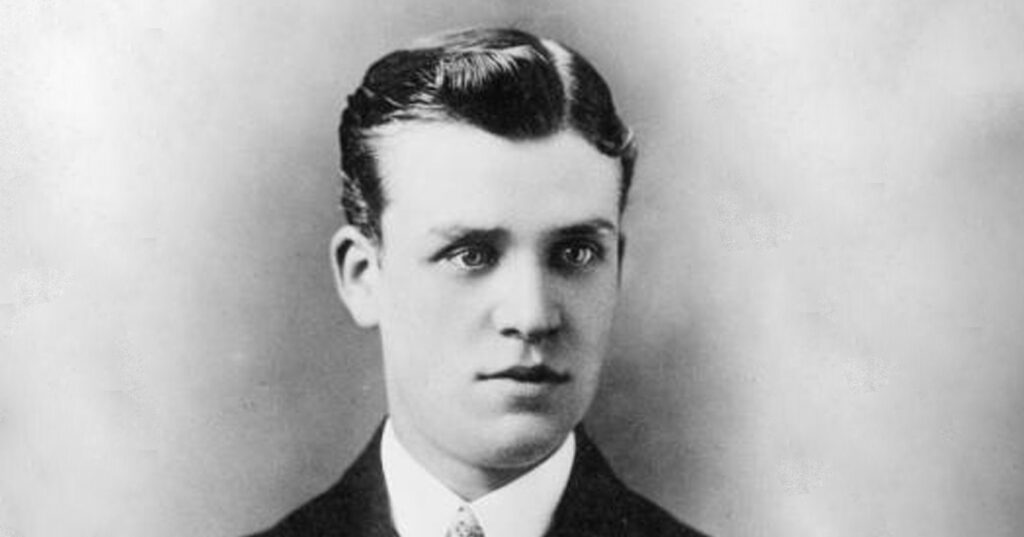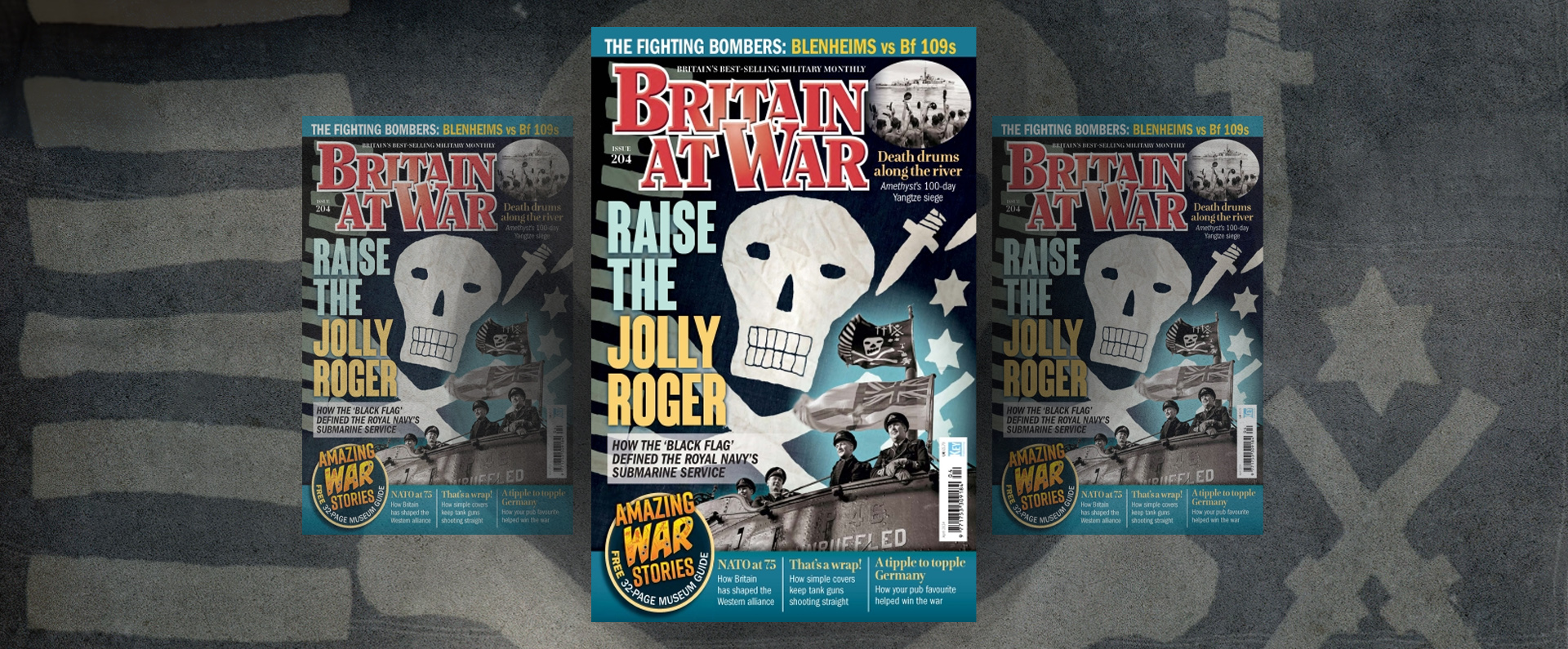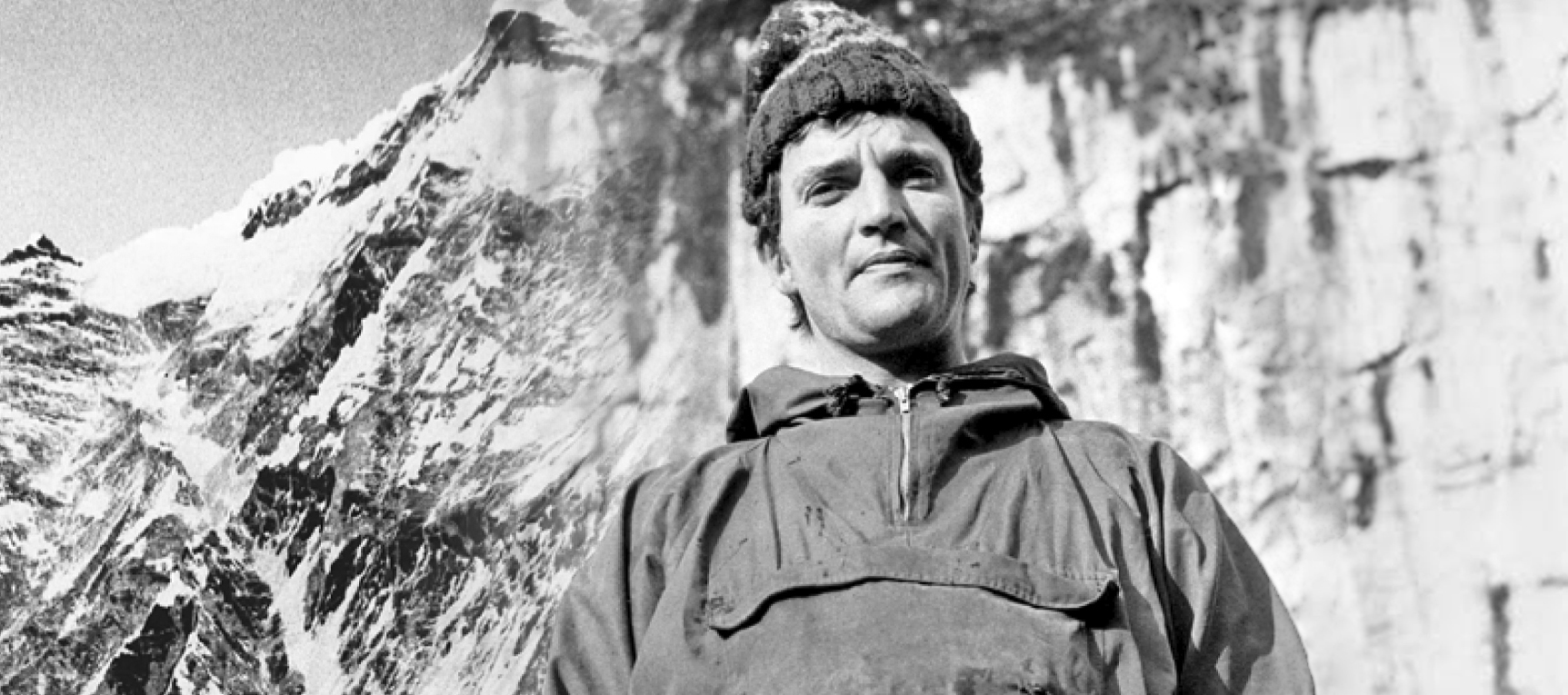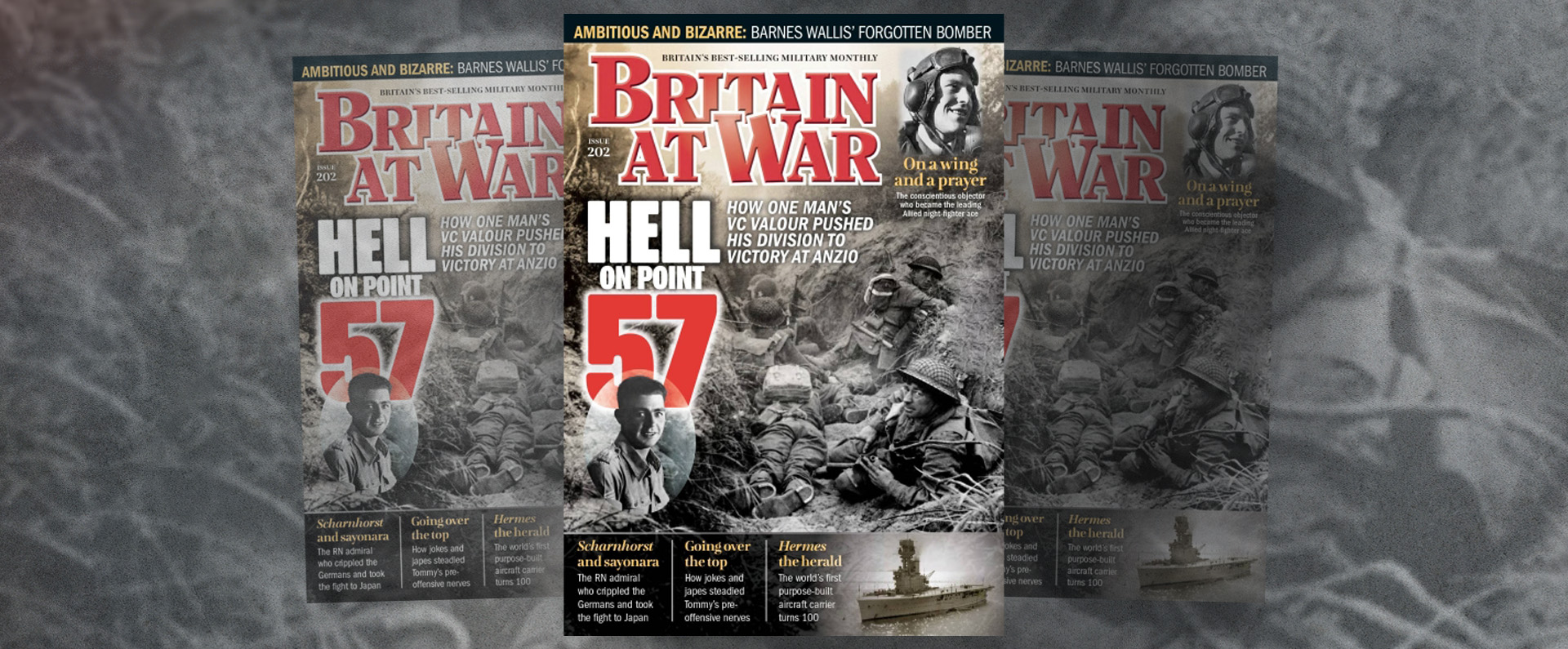
Published in Britain at War in February 2016.
Corporal Alfred George Drake: sacrifice
Alfred Drake was born in Stepney, east London, on 10 December 1893 and he grew up in the East End with his five siblings. By the 1911 census, only four children were still living in the family’s modest four-room house, along with their father, Robert, a dock worker with The Port of London Authority, and their mother, Mary Ann. The family was poor, surviving on the father’s wages of around 18 to 21 shillings a week. Young Alfred attended Ben Jonson County Council School until he was 14, leaving to find work. Aged 17, he was employed as a dock messenger.
On 3 September 1914, after the outbreak of the Great War and by now 20 years old, Drake enlisted into the Rifle Brigade. He arrived in France in May 1915 and, as a result of proving himself as a competent solider, he was promoted to corporal nine weeks later.
On the night of 23 November 1915, Drake was serving with the 8th Battalion, the Rifle Brigade, at Brique, Belgium, when he and three others were sent into no-man’s land to reconnoitre close to the German lines. However, the four-man patrol was discovered by the enemy, which opened fire with a machine gun and rifles, wounding both the officer and one of his men. One of the two uninjured men carried one of his wounded comrades back towards Allied lines, leaving Drake to care for the wounded officer. Drake was last seen kneeling besides the officer and tending his wounds, despite coming under a heavy enemy fire.
Later, a rescue party came across Drake and the officer, who was identified as Lieutenant Henry Tryon. Although Tryon was alive and was bandaged, Drake, aged 21, was dead besides him having been riddled with enemy bullets.
His posthumous VC was announced on 22 January 1916 when his citation concluded with the words: “He had given his own life and saved his Officer.” Unusually, Drake’s middle name of “George” was missing from the citation and it also contained an error: it incorrectly listed “La Brique” as in France rather than Belgium.
Sadly, Tryon himself did not survive the First World War. Although he made a good recovery from the wounds he received during Drake’s VC action, and later rejoined his regiment and was promoted to captain, he was killed on 15 September 1916.
Drake’s posthumous VC was presented to his father, Robert, by George V in an investiture at Buckingham Palace on 16 November 1916. Drake is buried at La Brique Military Cemetery: Plot 1, Row C, Grave 2. A memorial to Drake was unveiled by the Earl of Tryon at Ben Johnson County Council School in April 1923. A cousin of Tryon, whose life Drake saved, was present at the ceremony.
Furthermore, also in April 1923, a lectern was dedicated to Drake at St Thomas Church, Stepney. However, in 1941, as a result of enemy bombing during the Second World War, this church was badly damaged and it had to be closed to the public. Later, during the 1950s, the ruins of the church were demolished and flats were built on the site.
I purchased Drake’s medal group privately in 2001 and I feel privileged to be the custodian of this brave man’s gallantry and service medals. I was deeply moved when I learnt the details of Drake’s self-sacrifice and his outstanding loyalty towards his officer.
In fact, Drake’s bravery is reminiscent of another young soldier whose medal group is also part of my VC collection. Private George Peachment was just 18 years old, having lied about his age, when he found himself in the thick of the fighting at the Battle of Loos on 25 September 1915.
Men of the 2nd Battalion King’s Royal Rifles and 1st Battalion Loyal North Lancs found themselves forced to go “over the top” because they were choking and coughing on their own poison gas, which had drifted back into the British front lines after the canisters had been fired at the German positions.
Thereafter, two enemy machine-guns, which had escaped damage during the artillery bombardment, took a terrible toll on the advancing British soldiers. A few “Tommies” managed to reach the enemy’s barbed-wire defences but were soon cut down by heavy fire. Unsurprisingly, the attack faltered and soldiers were forced to take cover in shell holes and natural hollows.
At 7.30 am, those few who had survived began to straggle back to their trenches although young Peachment was not amongst them.
In the event, Captain Guy Dubs survived his serious injuries and later wrote an affectionate letter to Peachment’s mother, Mary, spelling out, how courageous her son had been advancing to within some 15 yards of the German trench. At this point, a German bomb exploded blowing away part of Dubs’ face. He awoke to find Peachment coolly kneeling besides him, despite heavy enemy fire.
Dubs wrote: “He asked me for my field dressing and started bandaging my head quite oblivious to the fire. His first thought was to help me, and though there was a shell hole nearby where he might have got cover, he never thought of doing so. Of course the Germans were bound to see us sitting up, and one of them threw a bomb which hit your son in the chest while at the same time I received a bullet also in the chest.”
Dubs tried to drag Peachment into a shell hole but at that point a bullet hit the young private in the head and killed him. Peachment was awarded a posthumous VC.
* No VCs were awarded in February 1916 so Lord Ashcroft has instead chosen for his write-up one of the recipients who was awarded his VC in late January 1916.
Download a PDF of the original Britain at War article
For more information, visit:
LordAshcroftOnBravery.com


